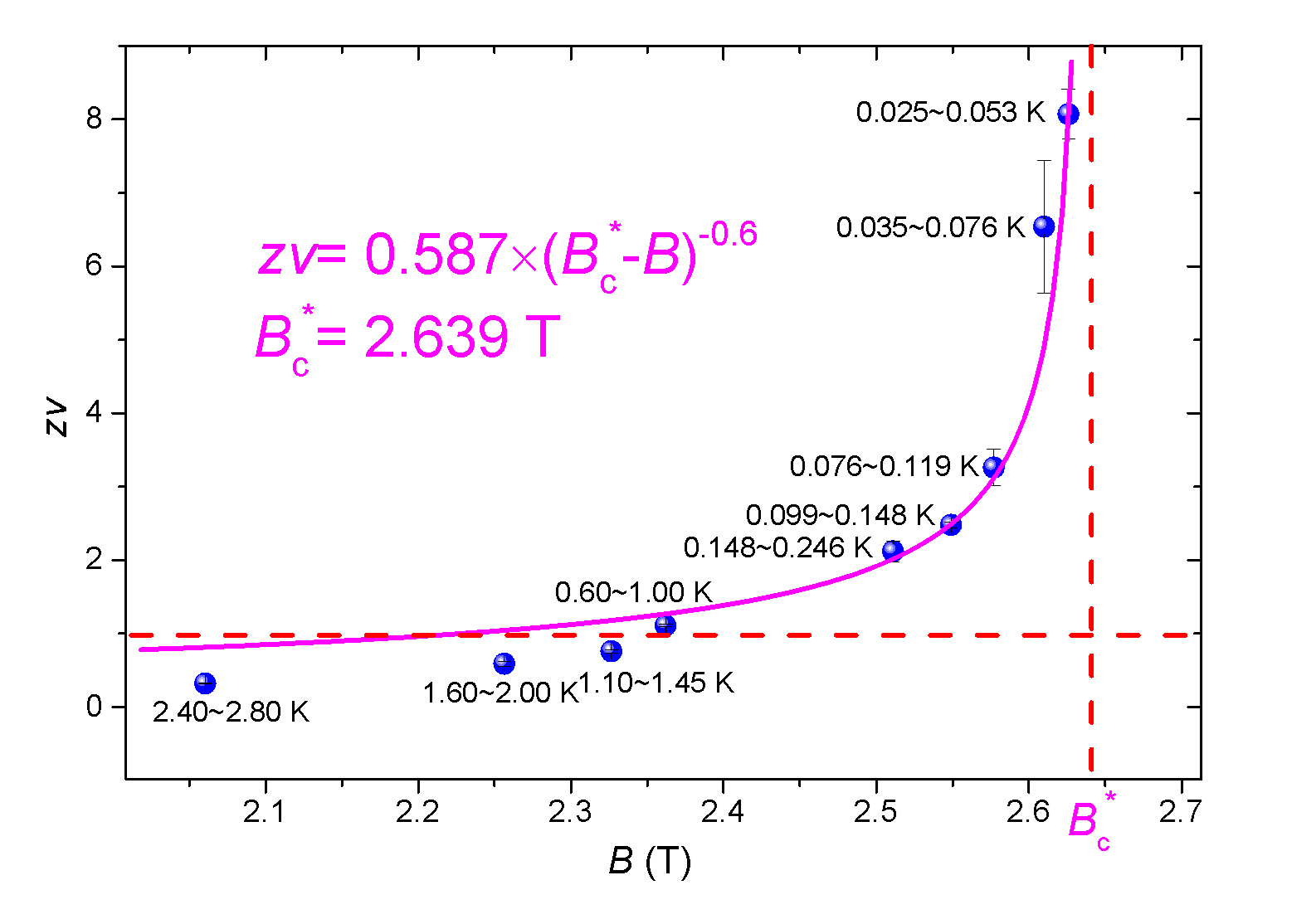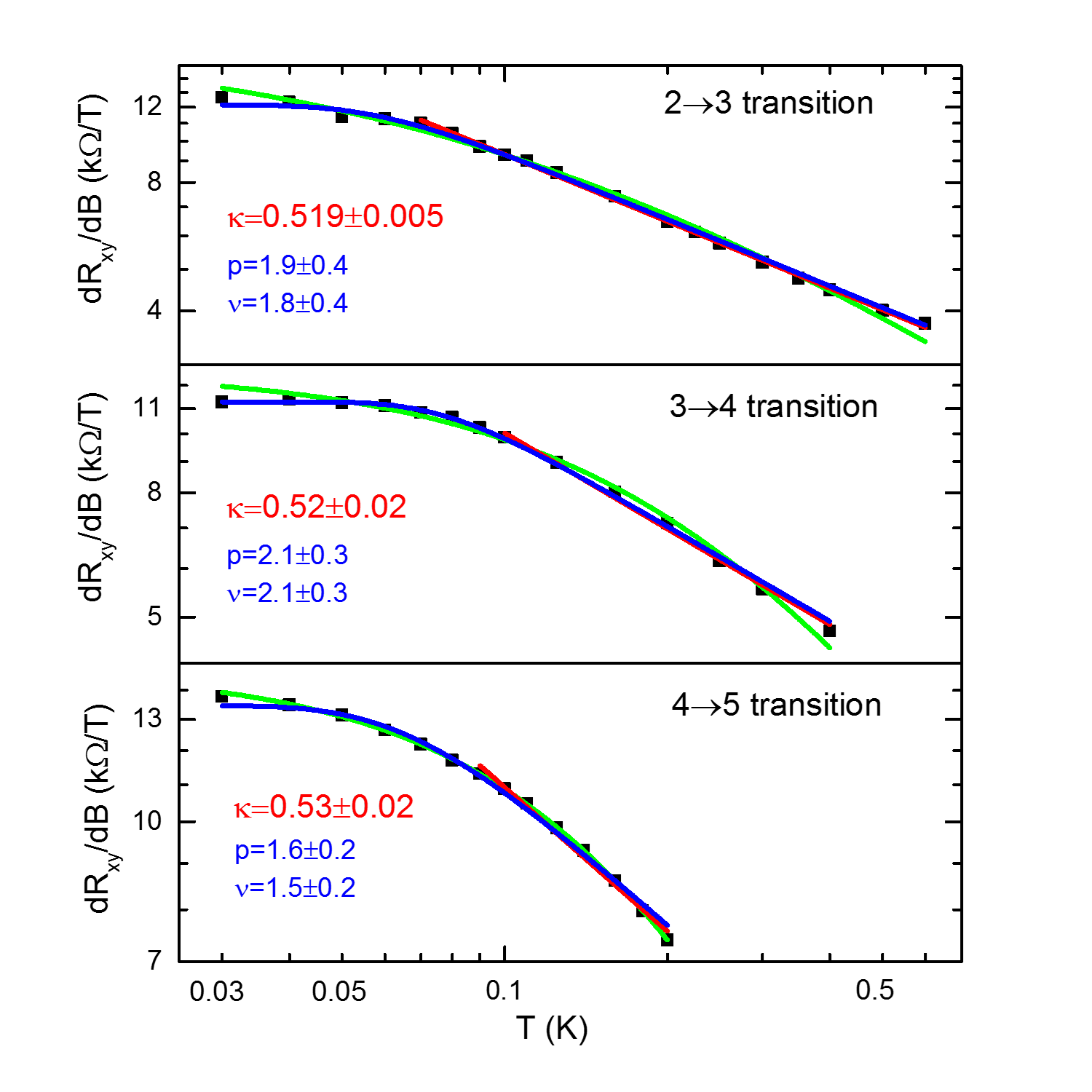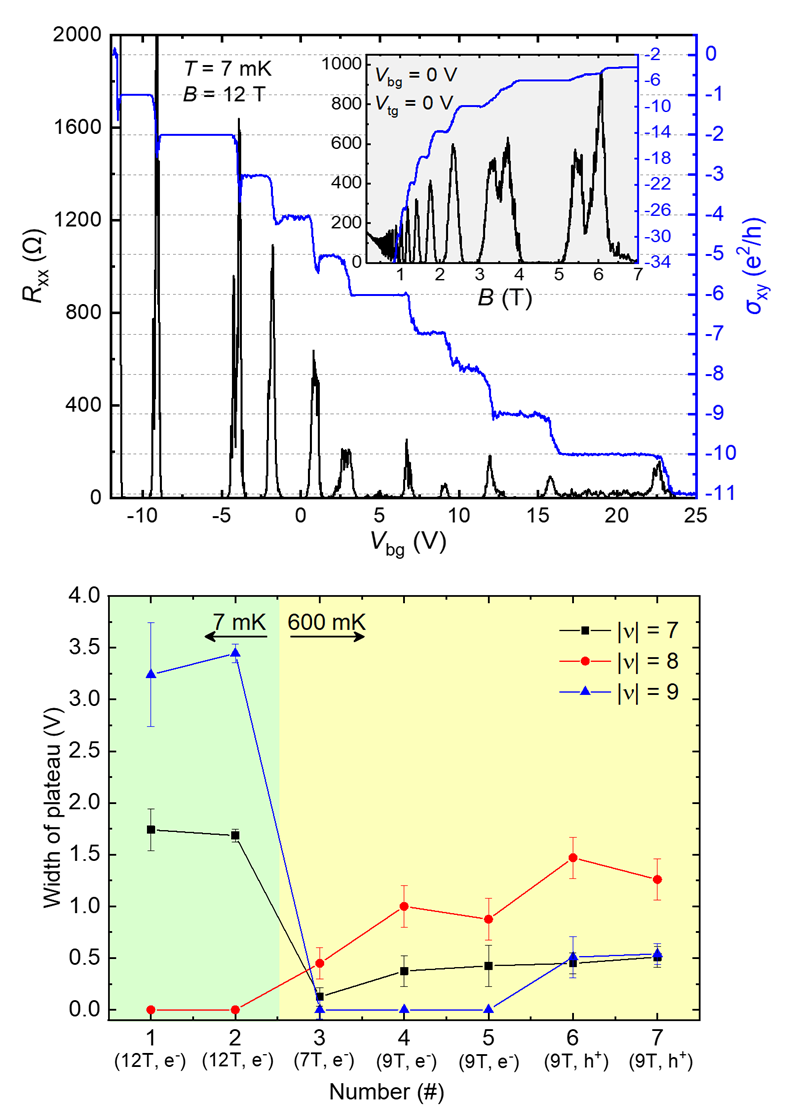2
Mesoscopic Transport
The mesoscopic world covers the transition regime between what we see and the atomic world. In the mesoscopic world, the object is small enough so that quantum mechanics plays a role. What’s more, in the mesoscopic objects, the fluctuations around the average are getting important when compared with the macroscopic ones. Electronic and thermal transport can be used to study the fundamental physical problems, such as quantum phase transition, quantum coherence and electron interactions, in mesoscopic physics.
Quantum phase transition (QPT) occurs at zero-temperature limit and it isn’t driven by temperature. In a superconductor-insulator transition (SIT), the driven parameter is the magnetic field. At the quantum critical point of SIT, the phase fluctuations disturb the ordered phase and cause an insulating state. The measured quantities scale with the distance from the phase transition point, with exponents characterizing the divergence of the fluctuation. These critical exponents usually are universal because the transition doesn’t depend on the microscopic details. However, quenched disorder affects the QPT and the quantum Griffiths singularity, featured with the divergence of the dynamical critical exponent, has been observed in Ga thin films through ultra-low temperature measurements.
The phase coherence time is influenced by inelastic scattering processes and it is expected to diverge at zero temperature in theory. However, it commonly saturates at real experimental measurements if temperature is low enough. Whether the saturation of coherence time is intrinsic or not is an interesting and long debating question.The transition from localized state to extended state in quantum Hall plateau transition can be used to probe the phase coherence time by comparing with the empirical relation of zero-point fluctuations from Phys. Rev. Lett. 78, 3366.
We observed the integer quantum Hall effect with fully broken symmetry in graphene. The ν = -8 integer quantum Hall state at 7 mK is much weaker than the states of ν = -7 and ν = -9, while at 600 mK the ν = -8 state is stronger as expected. Such anomaly might imply that, a predicted novel phase with Majorana zero modes at zero temperature limit without involving superconductivity ( Physical Review B 92, 195152 (2015)) competes with the conventional integer quantum Hall state at ν = -8 in graphene. We collaborated with Prof. Jian-Hao Chen Group on this work.



